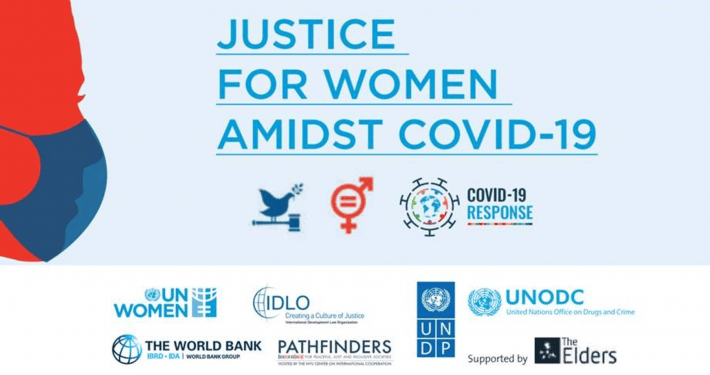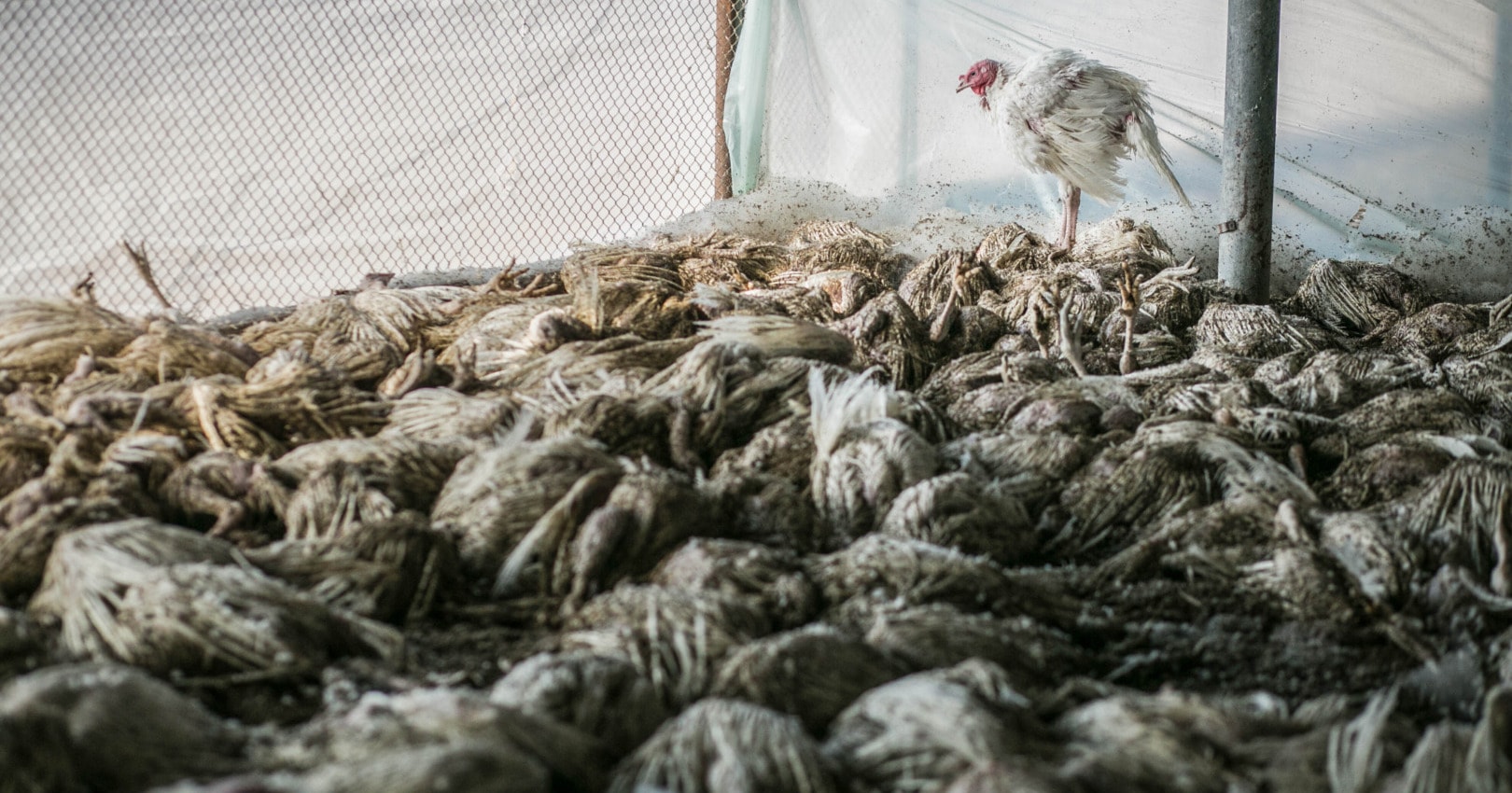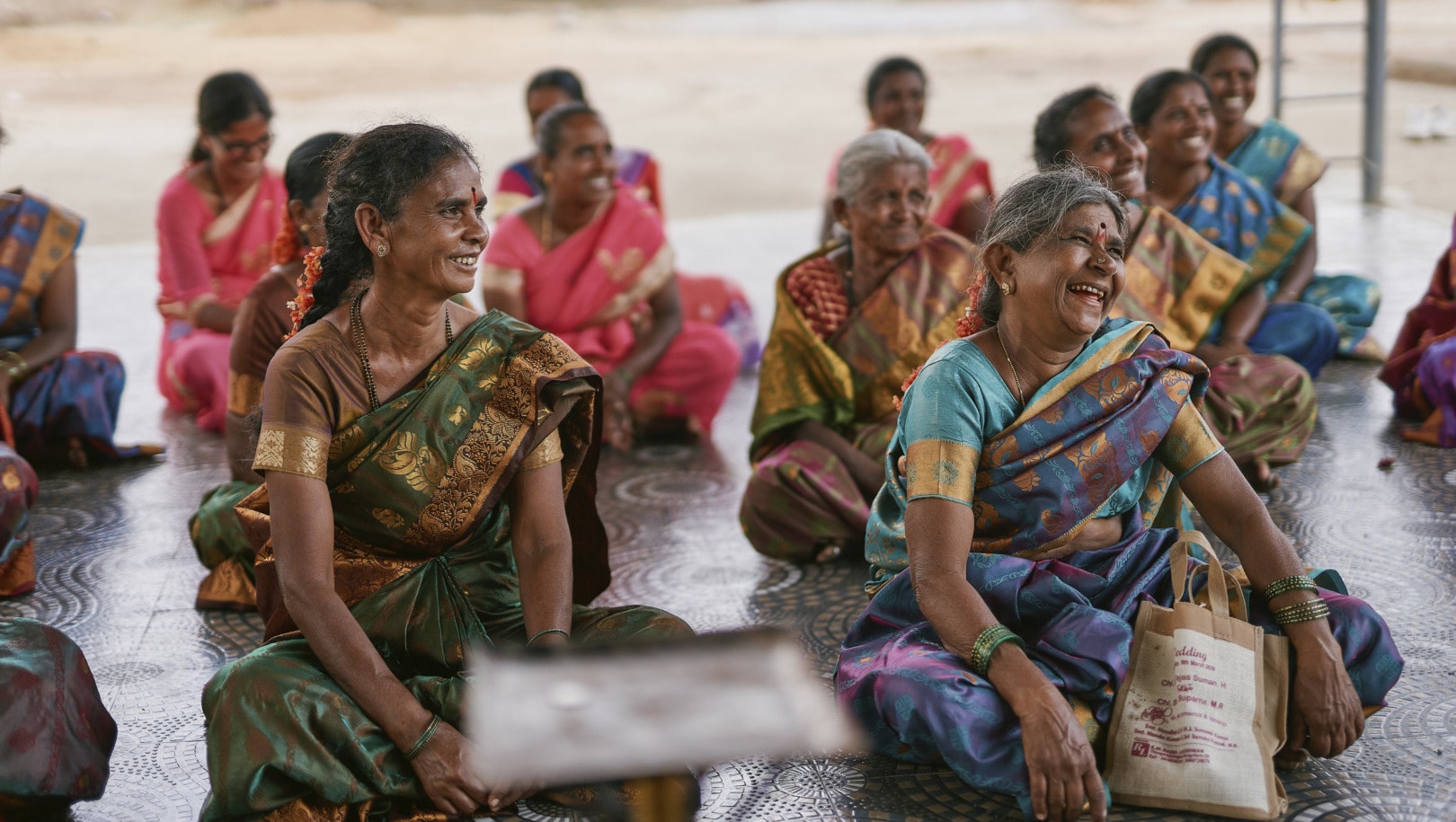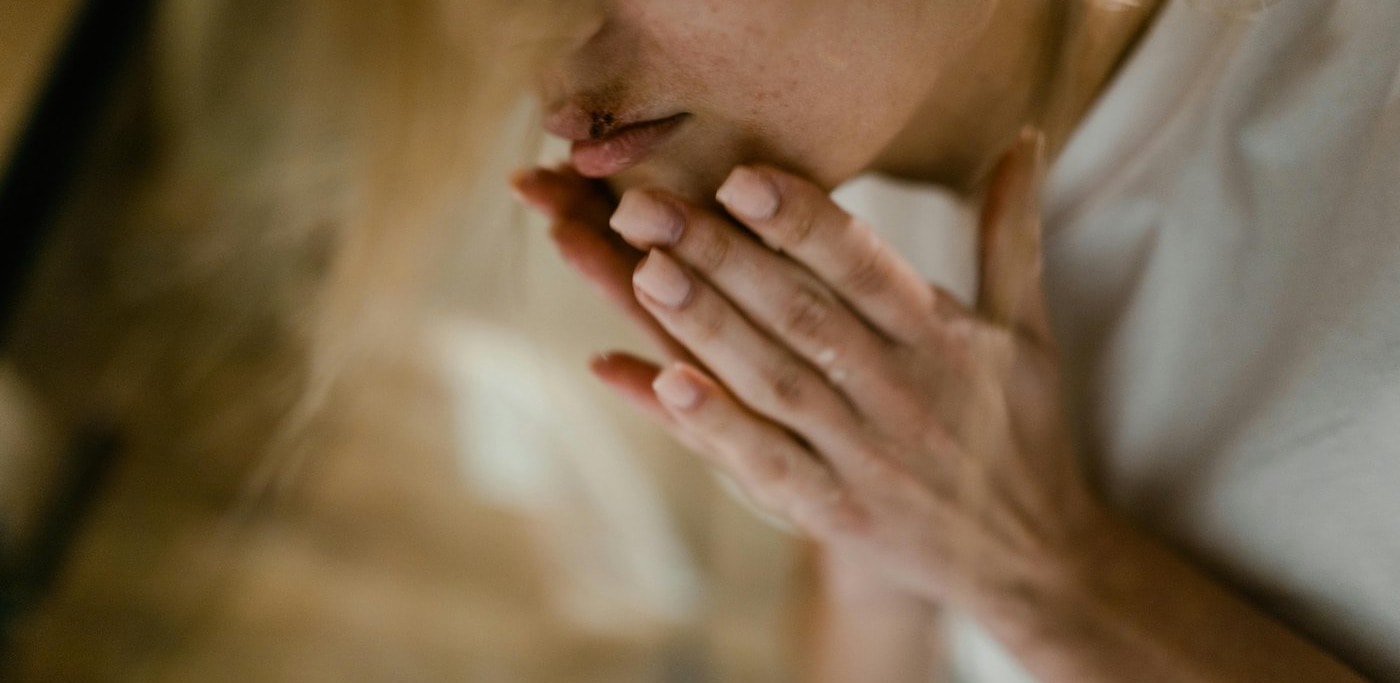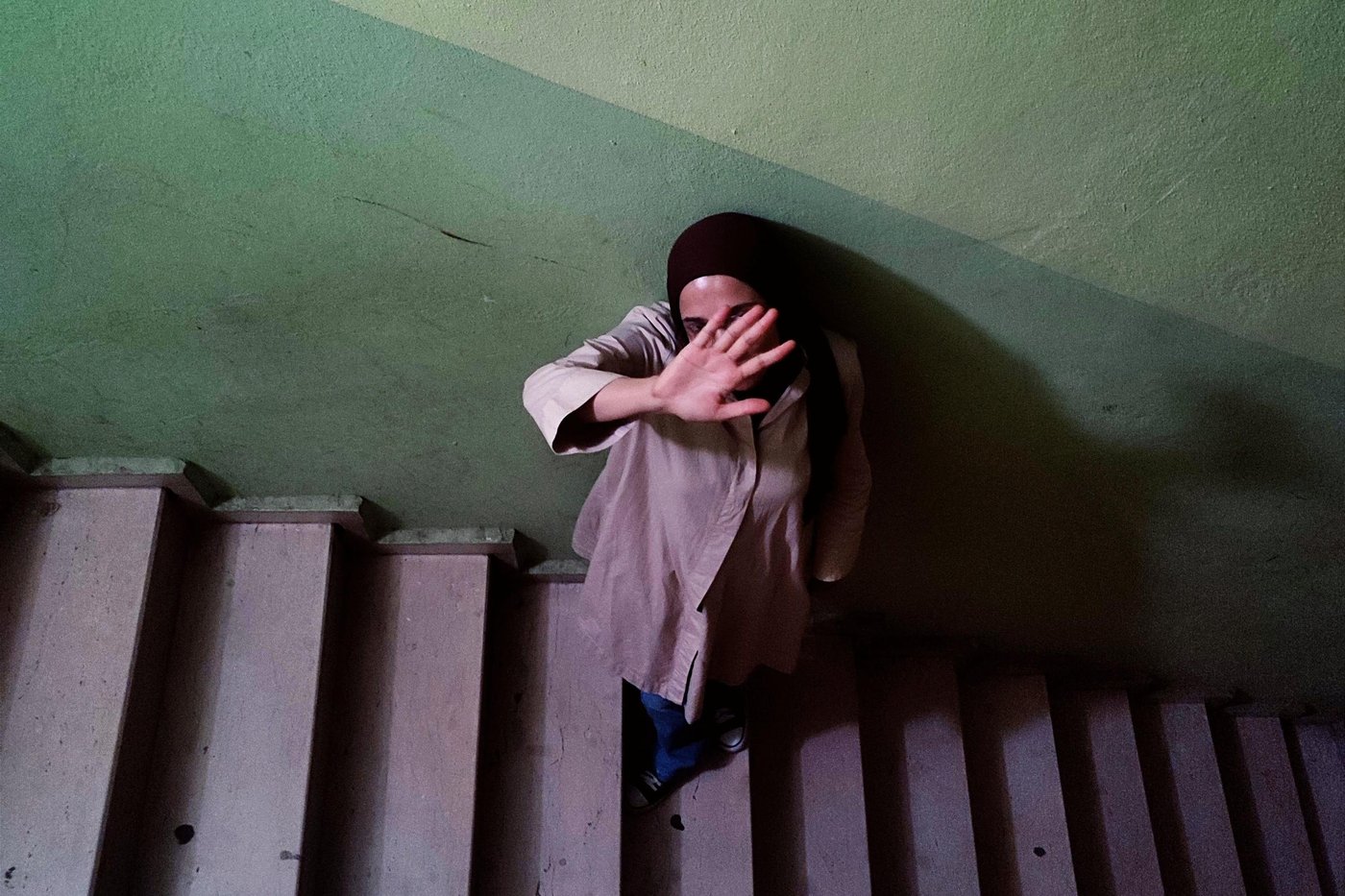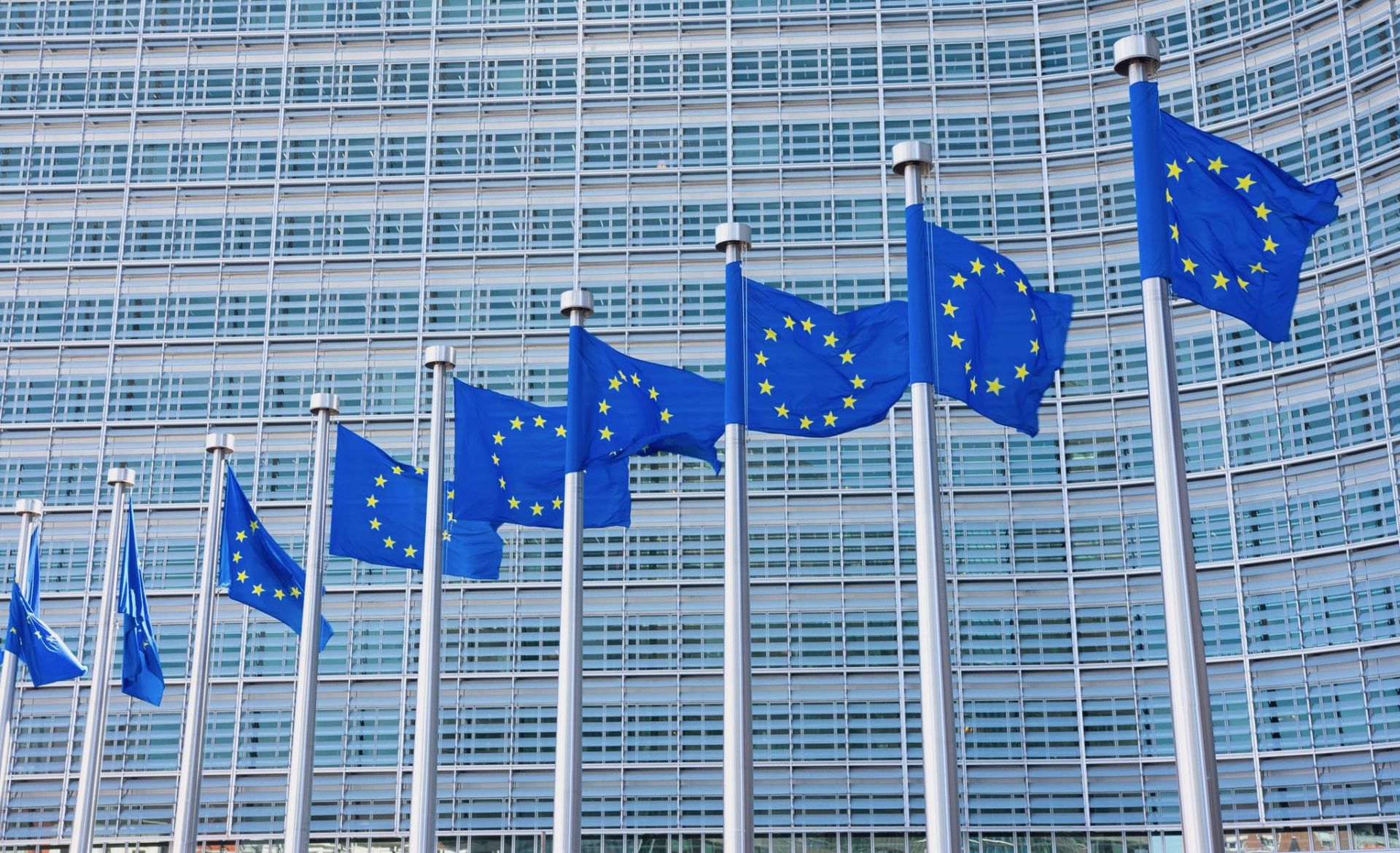As Afghanistan spirals into chaos and is increasingly overtaken by the Taliban, it has become the one country where conflict, pandemic, and misogyny merge with exceptional force. A perfect storm as COVID-19 rates are soaring with only about 1.6% of the thirty-six million vaccinated if that. It is certainly not the only country or region in the world where organized violence is specifically directed at girls and women, where they are the explicit targets. But it stands out in its degree and expansiveness of ferocity.
The global pandemic is the other worldwide headline, of course, especially brutal in that country, and these two elements harshly affect each other in ways heretofore never experienced on such a massive scale.
A historical perspective is useful in understanding what is different this time about the gender gap – and how tragically it is playing out. Throughout most of the twentieth century, gender was not the pressing issue it is today. The Cold War was the ideological conflict battleground between capitalism and communism. So, whatever might have been the reality in each sphere of influence, neither gender nor religion was a central area of discourse. Dialectic competition was principally about political philosophy—on the one hand, what was once labeled Adam Smith liberalism (free markets and individual rights); on the other hand, various forms of Marxist and non-Marxist socialism (public ownership and economic equality).
While the core ideas of last century’s East-West competition have not gone away, new dimensions have emerged. Geopolitical friction between the People’s Republic of China — now a super-economy — and the U.S. has added COVID-19 to the mix. The U.S. is blaming China for failing to act when illness and death first appeared — or rather, acting in bad faith and thereby causing the spread of the disease. Each tries to win friends by offering aid and vaccines to affected countries, exacerbating super-power tensions that complicate cooperation.
Related Articles: Women on the Front Lines of Violence Against Women During COVID-19 | COVID-19: The Women, Peace and Security Agenda at Risk
At the same time, there are now social issues that have gained widespread attention as never before, namely the treatment of girls and women. On the subject of gender religious orthodoxy has made its voice heard on the stage of global discourse. This has been accompanied by more vocal global public and private concerns about sexual exploitation, the impoverishment of girls and women, and gender-based violence.
Add to this volatile mix the COVID-19 pandemic, which has intensified the wide disparity between the sexes, especially in the increasingly disastrous health and prospects of women.
Almost everywhere in the developing world, women face greater exposure to the disease. The reason is obvious: Women are most often teachers, health care providers, and elderly caregivers. The World Economic Forum’s 2021 Global Gender Gap Report, the U.S. Global Leadership Coalition’s COVID Brief on Women and Girls and a recent article by Adina Mobin, UNA-NCA Advocacy Fellow on women-led advocacy against gender-based violence in India each provide insight into the impact of the COVID-19 pandemic and the nexus with gender concerns:
- Women are on the frontlines of COVID-19 exposure and make up 80% of nurses as well as 67% of the health care workforce in general, according to a survey of 104 countries;
- Worldwide school closures mean that over an estimated 743 million girls are staying at home;
- School closures increase marriage risk by 25% per year, and, in countries where bride price is common, loss of household income increases the probability of marriage by 3%;
- Due to restricted access to contraception, it is estimated that the pandemic will lead to five million unplanned pregnancies, of which seven million will occur in low- and middle-income countries;
- There has been an increase in police intervention for domestic violence cases around the world. A review of studies from the United States, Australia, Argentina, Mexico, India, Italy, and Sweden found that on average domestic violence increased 7.8% across those seven countries after pandemic-related lockdowns were imposed in early 2020:
- Globally 35 percent of women have experienced physical and/or sexual violence with an intimate partner or a non-partner. India was singled out as the most dangerous country for women in terms of sexual violence, by the Thomas Reuters Foundation (2018).
Unsurprisingly, the economic consequences of the pandemic are also gender-differentiated. In 2020, a UN Women organization’s rapid gender assessment based on a sample of fifty-five countries found that:
- there were 1.7 times as many women as men outside the labor force (321 million women compared to 182 men) at the end of June;
- Women are more likely to work in the informal economy, particularly domestic service — insecure positions which do not offer paid leave or the ability to work from home; in fact, women make up 80% of domestic workers, and 72% of domestic workers have lost their jobs as a result of the pandemic;
- In sub-Saharan Africa, 41% of women-owned businesses closed, compared with 34% of those owned by men;
- Progress for women in work is likely to have regressed to 2017 levels by the end of 2021 due to COVID-19; additionally, in the seventeen out of the 24 OECD countries that reported an overall increase in unemployment, women were the most affected.
McKinsey reported that if nothing is done to address the negative impact of COVID-19 on women, global GDP will be $1 trillion below where it would have been had the pandemic affected men and women in their work equally in 2030. However, “if action is taken now to achieve best-in-region-gender-parity improvements by 2030…$13 trillion could be added to global GDP.”
Perhaps one of the most striking findings of the WEF report, however not related “yet” to COVID-19, is that the gender gap in Political Empowerment remains the largest of the four gaps tracked having further widened since the 2020 edition of the report by 2.4 percentage points. In eighty-one countries, there has never been a woman head of state, as of Jan. 15, 2021.
At the current rate of progress, the World Economic Forum estimates that it will take 145.5 years to attain gender parity in politics.
The pandemic itself will disproportionately affect fragile states and severely test international crisis management systems. Those caught in these conflicts and especially brutalized by them are girls and women.
Another significant consequence of COVID-19: it disrupts the effectiveness of humanitarian aid flows which are often oriented more to help girls and women. It also has a chilling effect on existing or proposed peace operations and offers greater latitude and freedom of action to terrorist organizations.
In other words, the pandemic exacerbates domestic as well as international crises; the pandemic is weaponized to incite fear, to silence those who hold contrary views.
We will find in the coming months there will be more than enough reason for moral outrage, but limited options for effective action. The United Nations, public and private humanitarian assistance organizations, and international financial entities can offer incentives, leverage, or persuasion to moderate the negative effects of misogyny and infectious disease.
But we must remember that COVID-19, its variants, and future infectious diseases will be with us for the foreseeable future. We need to stay safe and there are N95 masks for sale to help us prevent getting infected from Delta or other new variants. Until societies recognize that misogynistic and unhealthy practices threaten all, current and future pandemics will have the upper hand. And girls and women will take the brunt of any pandemic onslaught.
Editor’s Note: The opinions expressed here by Impakter.com columnists are their own, not those of Impakter.com. — In the Featured Image: UN agencies poster.


